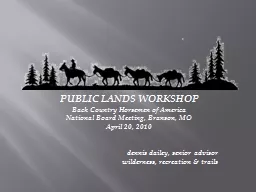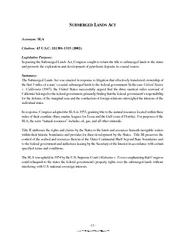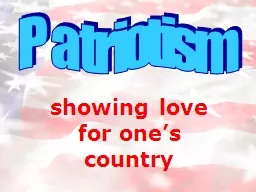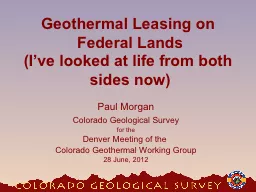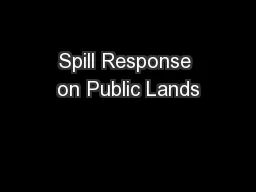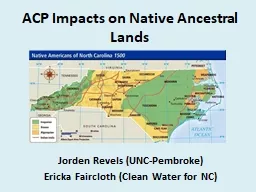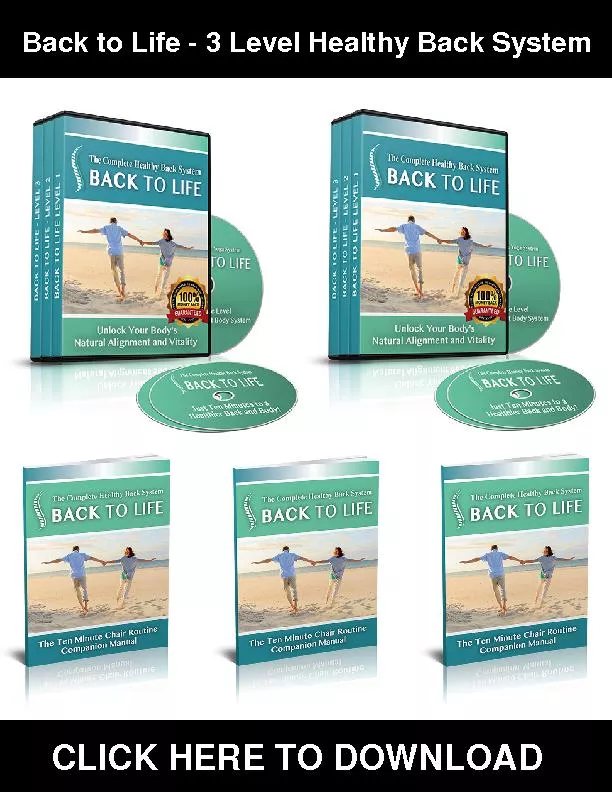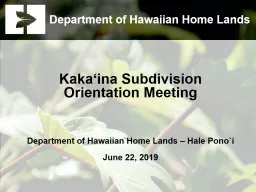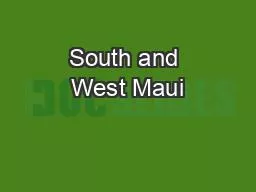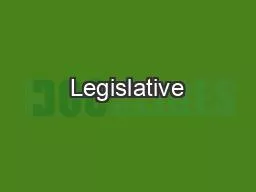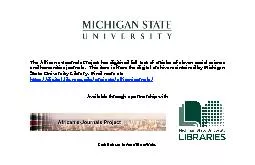PPT-PUBLIC LANDS WORKSHOP Back Country Horsemen of America
Author : trish-goza | Published Date : 2019-02-07
National Board Meeting Branson MO April 20 2010 dennis dailey senior advisor wilderness recreation amp trails The operating approach our founders advocated BCHA
Presentation Embed Code
Download Presentation
Download Presentation The PPT/PDF document "PUBLIC LANDS WORKSHOP Back Country Horse..." is the property of its rightful owner. Permission is granted to download and print the materials on this website for personal, non-commercial use only, and to display it on your personal computer provided you do not modify the materials and that you retain all copyright notices contained in the materials. By downloading content from our website, you accept the terms of this agreement.
PUBLIC LANDS WORKSHOP Back Country Horsemen of America: Transcript
Download Rules Of Document
"PUBLIC LANDS WORKSHOP Back Country Horsemen of America"The content belongs to its owner. You may download and print it for personal use, without modification, and keep all copyright notices. By downloading, you agree to these terms.
Related Documents

